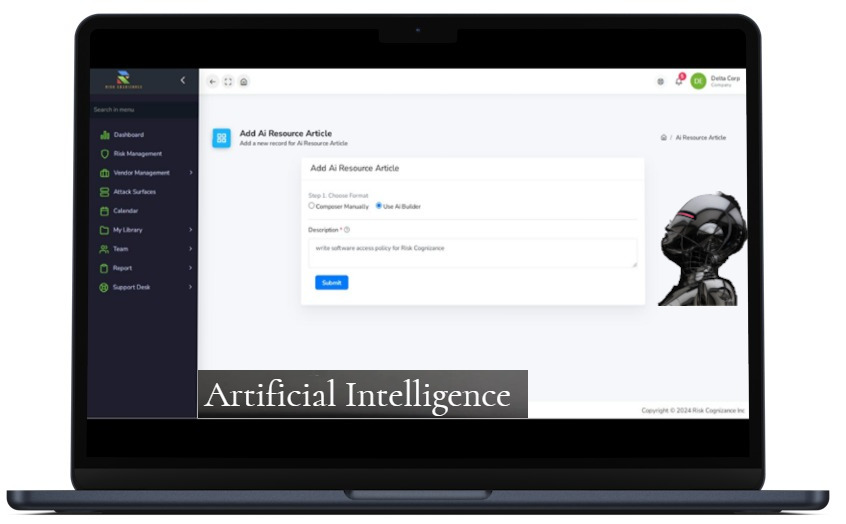Overview
Effective management of Governance, Risk, and Compliance (GRC) is essential. As organizations face a web of regulations, evolving cybersecurity threats, and a demand for greater transparency, GRC practices must adapt. This article examines the significance of GRC, the challenges organizations face, and strategies for simplifying these critical processes.
The Current GRC Landscape
Governance, Risk, and Compliance involve the frameworks and processes organizations employ to operate ethically, legally, and efficiently. Given the rapid expansion of regulations and the increase in cyber threats, effective GRC practices have never been more important.
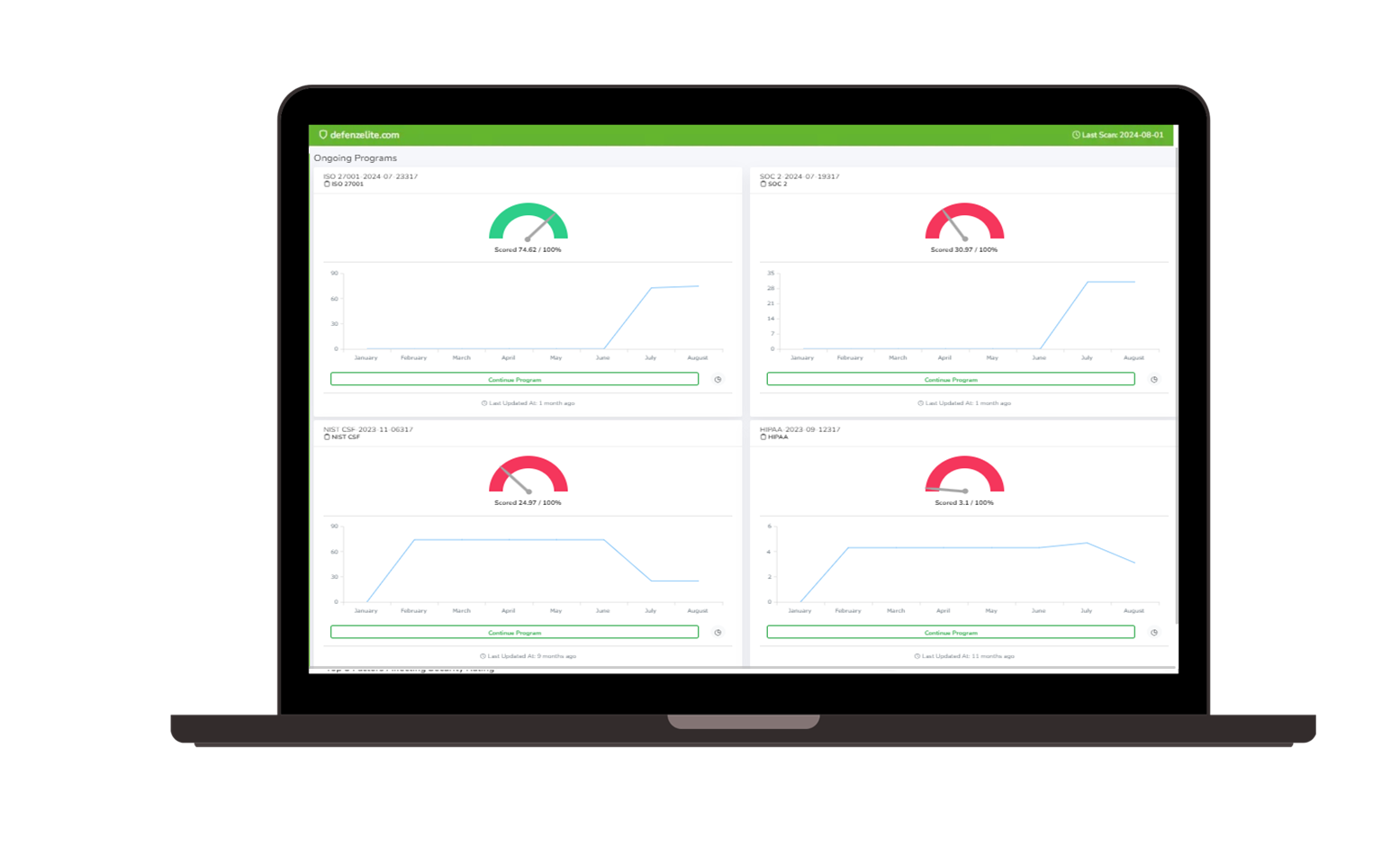 Governance, Risk, and Compliance (GRC) | 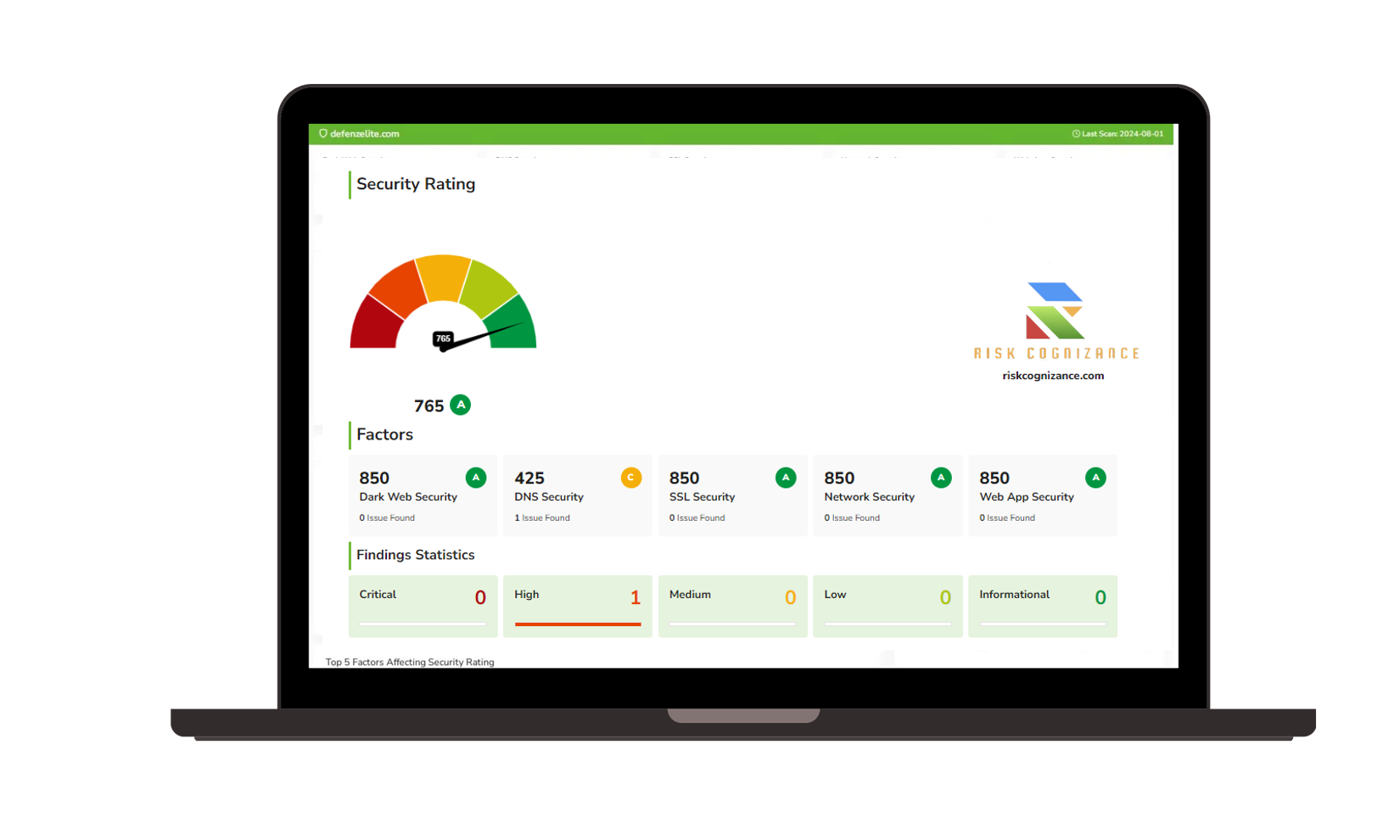 Third-party Risk Management |
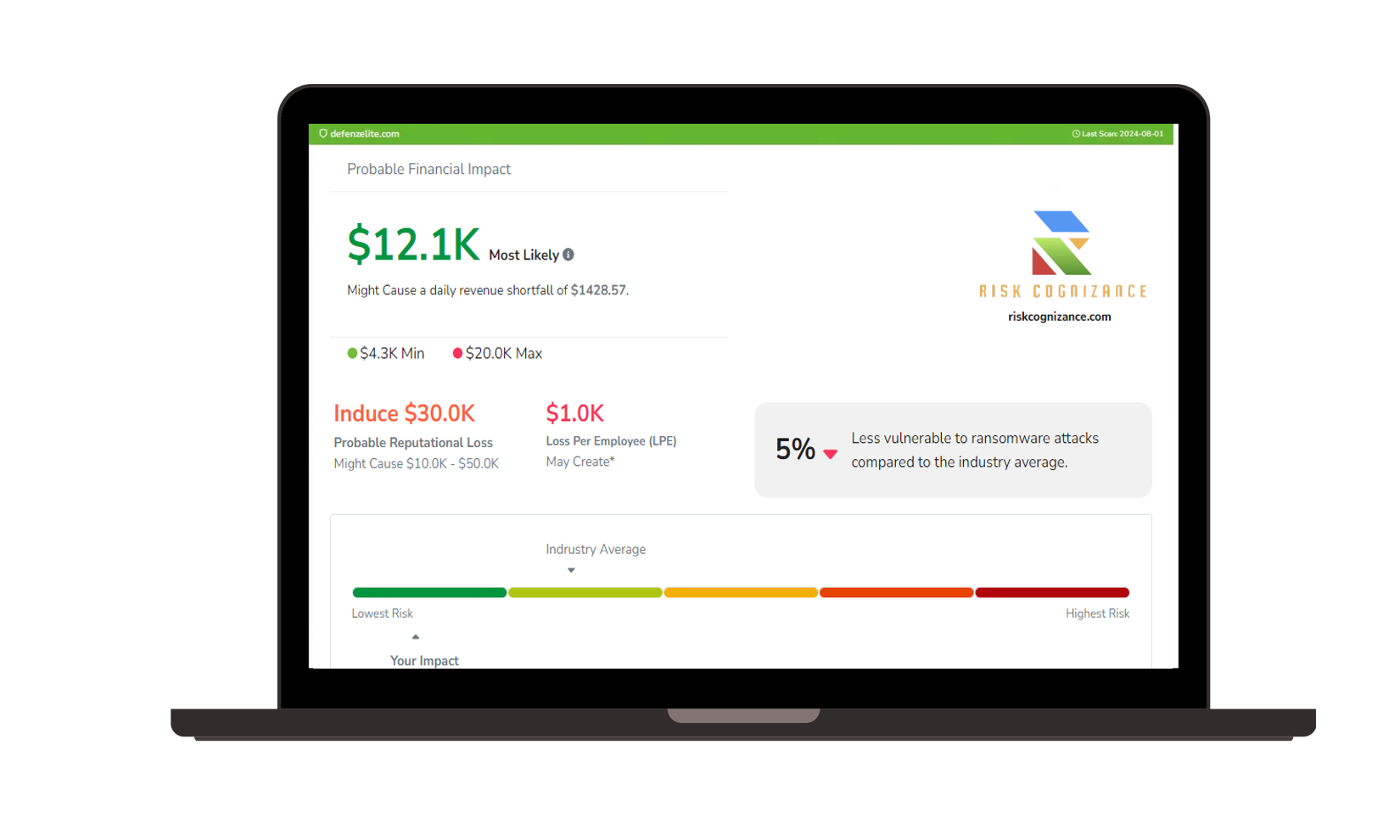 Ransomware Susceptibility | 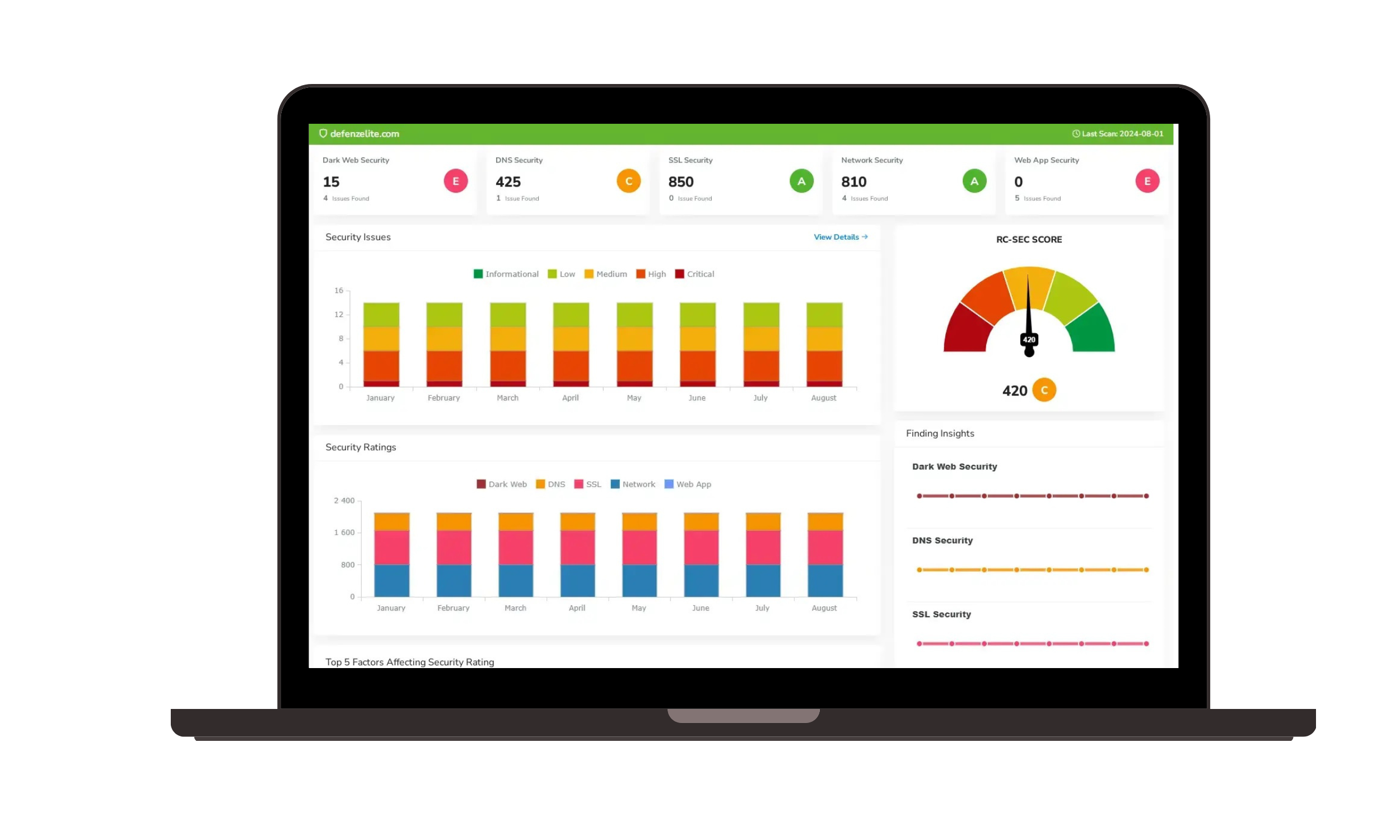 GRC and Attack Surface |
Artificial Intelligence | |
The Importance of GRC
Regulatory Compliance: Keeping up with constantly changing regulations is crucial to avoid legal penalties. GRC frameworks help ensure compliance.
Risk Mitigation: As organizations confront data breaches and economic volatility, proactive risk management becomes vital. GRC helps identify and address risks before they escalate.
Operational Efficiency: Streamlining GRC processes reduces redundancy and fosters collaboration, improving overall efficiency.
Reputation Management: Ethical operations bolster a company's reputation and maintain stakeholder trust.
Informed Decision-Making: GRC systems provide insights that guide strategic decisions and investment choices.
Challenges in GRC
Despite the clear benefits, many organizations encounter significant hurdles in implementing effective GRC:
Complexity: The proliferation of regulations makes GRC increasingly intricate, posing challenges for organizations to keep pace.
Data Overload: Managing extensive datasets related to governance and compliance can overwhelm resources.
Lack of Integration: Disparate systems often lead to inefficiencies and information silos.
Resource Constraints: Smaller organizations may lack the resources and expertise to develop robust GRC frameworks.
Strategies for Simplifying GRC
Organizations are adopting innovative strategies to address these challenges:
Integrated GRC Platforms
Emerging integrated GRC platforms offer a holistic approach by unifying risk management, compliance, and policy management. This reduces redundancy and provides a comprehensive view of GRC efforts.
Artificial Intelligence and Machine Learning
AI and machine learning enhance GRC by analyzing data, identifying patterns, and automating routine tasks. For example, AI-powered tools can assist with compliance inquiries, allowing professionals to focus on strategic initiatives.
Continuous Monitoring
Transitioning from periodic audits to continuous monitoring allows real-time tracking of regulatory changes and anomalies. This proactive approach helps organizations promptly identify compliance issues.
Risk Cognizance Features
Organizations are increasingly focusing on risk cognizance to enhance their GRC frameworks. Key features include:
Real-Time Risk Assessment: Continuous evaluation of risks based on current data, enabling organizations to react quickly to potential threats.
Scenario Analysis: Simulating various risk scenarios helps organizations understand potential impacts and develop effective response strategies.
Integrated Risk Communication: Ensuring that risk information is shared across departments fosters a culture of awareness and accountability.
Customizable Dashboards: User-friendly dashboards provide real-time insights into risk status, compliance metrics, and governance health, empowering decision-makers.
Automated Risk Reporting: Streamlined reporting tools generate automated, comprehensive risk reports that keep stakeholders informed and facilitate timely decision-making.
Risk Heat Mapping: Visualizing risk exposure through heat maps helps prioritize risk management efforts and allocate resources effectively.
Incident Response Planning: Developing structured response plans for various risk scenarios ensures that organizations are prepared to act swiftly and effectively during crises.
Stakeholder Engagement Tools: Features that promote collaboration and communication with stakeholders enhance transparency and foster trust.
Employee Training and Awareness
A successful GRC strategy involves a well-informed workforce. Organizations are investing in training programs to ensure employees understand their roles in compliance and risk management.
Conclusion
In a rapidly changing business landscape, simplifying GRC is essential. The importance of Governance, Risk, and Compliance is paramount as organizations navigate increased scrutiny and operational risks. By leveraging integrated platforms, AI, continuous monitoring, risk cognizance features, and employee training, organizations can streamline GRC processes and prepare for future challenges.
Staying informed about the latest strategies and technologies is crucial as the GRC landscape continues to evolve. Simplifying GRC enables organizations to focus on core objectives, build stakeholder trust, and thrive in a complex regulatory environment.
For more information on effective GRC solutions, contact Cyber Defense Advisors.
Request Callback

